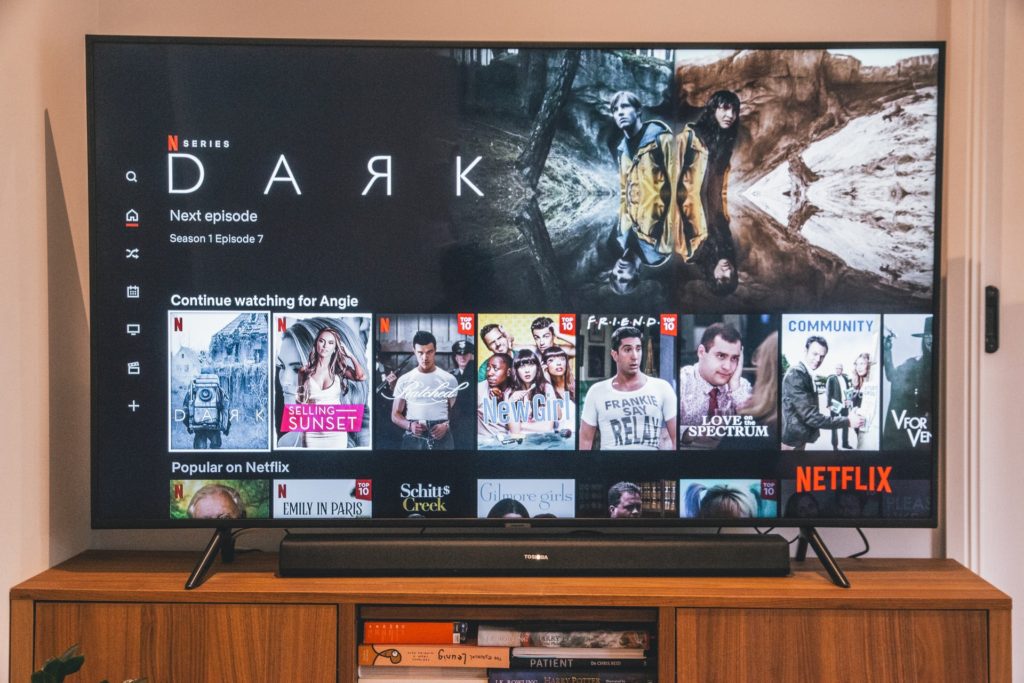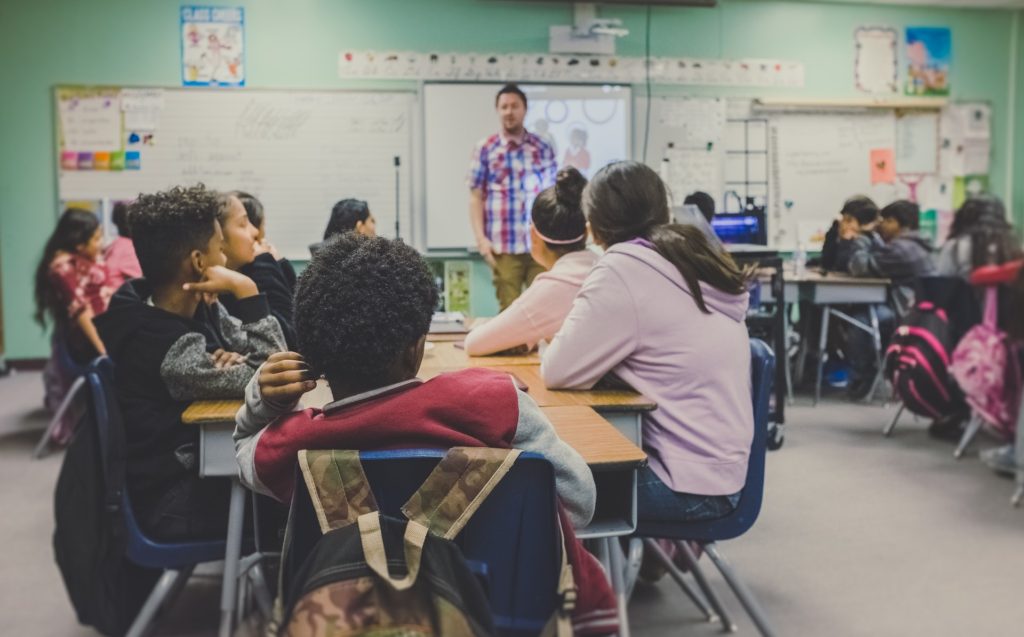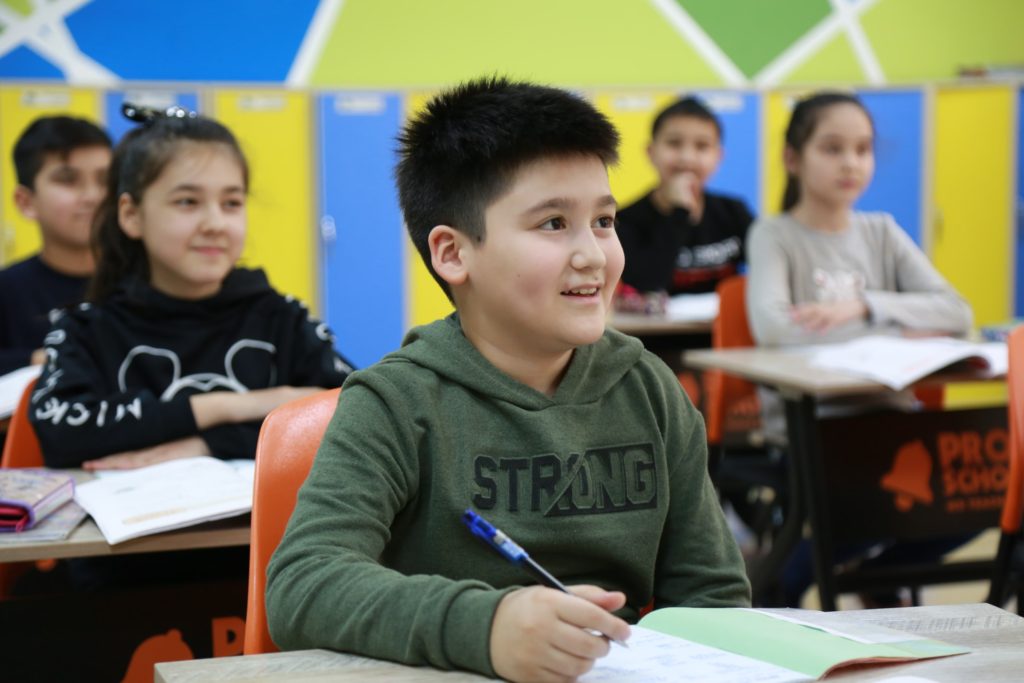Table of Contents
Keeping students interested and engaged in the classroom is a challenge for teachers of students of any age. There are a myriad of different strategies suggested for how to keep students focused and listening to the teacher through note taking and other student focused interventions, but there seem to be a million distractions for students these days. How can teachers compete with the smart phones, Apple watches, and infinite scrolling of Instagram? New research published this year can help teachers find the right rhythm for improving students’ attention in class to have maximum efficiency with limited teaching time.

New Research on Attention
Research done at Dartmouth University looked into how the brain pays attention when focusing over a period of time while watching a show. The participants were shown an episode of a series and data was collected on the participants’ attention and afterwards they were asked questions to test their recall of what they had seen.
The study showed interesting results as most participants paid the most attention to the same parts of the show and attention levels were described as nearly “synchronized”, especially when multiple participants watched together (Song, Finn and Rosenberg, 2021).
This means that people generally paid attention to the same parts and their minds wandered at similar points as well. Unsurprisingly, the moments that everyone paid attention to and remembered the best were the strongly emotional moments, and the parts where people paid the least attention to were moments where background information or other explanation was being given.
How does the pattern of attention in the brain when watching a television show provide insight into keeping students engaged during class time? While teachers always try to make their classes interesting and fun, few teachers would describe their classes as highly emotional. While class can’t always be engaging in highly emotional attention grabbing content, the other findings on when students pay the least attention do provide some more actionable suggestions for the classroom.
Participants in the study paid the least attention during the moments where background information was being explained which is very similar to the lecture portion of a class. While giving some background information is very important for people to be able to engage with the story of a show, creators tend to try and limit this aspect of the film so that viewers can engage with the story independently. Teachers can follow this model of using lecture time sparingly to keep their audience engaged as well.
How to Improve Student Attention in Class
Many classrooms are already moving towards more of an active learning environment and teachers know that lectures shouldn’t take up the entirety of their courses. However, many teachers still spend the majority of class time on lecturing while activities are scheduled around the lectures. Students are often told even before an activity starts how long they will have to work on it. While this is good for helping students know how to pace their work, many teachers won’t give themselves this same time prompt before starting to lecture.
To be successful in improving students’ attention in class, teachers should focus on giving quick timed lectures on background information before allowing the classes “story” to move forward with the activities. This will allow students to actually get to engage with and use what they have learned more quickly.
If teachers were as strict on timing with themselves as they are with their students, not only would the class run more efficiently, but students would be able to pay more attention and lose focus less often. However, knowing how long is too long for a lecture is difficult to decide, as the research on when our brain starts to lose focus is quicker than most teachers could give a lecture on even a simple topic.

More Research on the Limits of Attention
Neuroscientists have long known that the brain’s attentional resources are limited, but measuring those resources has proved challenging for scientists. One study published in 2018 used EEG data to show that people began to lose focus between as little as 80 to 170 seconds (Maksimenko et al., 2018).
While some lectures simply can’t be under 170 seconds, these numbers should help teachers realize that the brain simply isn’t structured to sustain attention over a long period of time without losing focus. The authors of the study said that “to maintain high performance for prolonged time, the brain has to work in a “safe-mode” regime.” (Maksimenko et al., 2018). The brain is constantly having to deal with other stimuli trying to pull their attention away, external as well as internal.
Increasing Students’ Attention in Class
With the noise of the lawnmower or another student tapping their desk or worrying about the next class’s test to even just their feelings of hunger, it’s no surprise that the brain naturally doesn’t spend all of its energy sitting and just listening without pauses. The brain subconsciously is still always processing any information it is receiving and it takes mental effort for students to push those other stimuli away and focus on the lesson.
Giving students regular breaks is always beneficial, but another strategy that could be used in improving students attention in class is having students pre-learn certain topics with a quick article to read, a YouTube video, or even given them nothing but Google to test their ability to learn about a topic without perfect materials dropped on their lap.
For example, a teacher could challenge students in an English class to group and define literary devices by only giving them sentences from texts and they have to use Google to see what technique might be employed in each. In a biology class, the teacher might assign a system or organ to each student and then allow them to each do a brief lecture on what they’ve been able to independently learn.
Afterwards, the teacher can give feedback and add elements the students may have missed. The independent student work time also allows time for the teacher to individually help students who are struggling or give extra challenges to high performing students.
By allowing students to teach themselves and the teacher working as a reviewer of their work, the students are more directly engaged in independent learning and they don’t have to work quite as hard to push away all of the worries of the day away to focus on a long lecture. If students lose focus briefly during a lecture, they may miss important information and not even know they need to ask a question to figure out what they didn’t understand. If students lose focus briefly during their own research, however, they can simply find where they left off and move forward.
Want more like this? Make Lab to Class a part of your weekly professional development schedule by subscribing to updates below.
References
Maksimenko, V., Hramov, A., Grubov, V., Nedaivozov, V., Makarov, V. and Pisarchik, A., 2018. Nonlinear effect of biological feedback on brain attentional state. Nonlinear Dynamics, 95(3), pp.1923-1939.
Song, H., Finn, E. and Rosenberg, M., 2021. Neural signatures of attentional engagement during narratives and its consequences for event memory. Proceedings of the National Academy of Sciences, 118(33), p.e2021905118.




